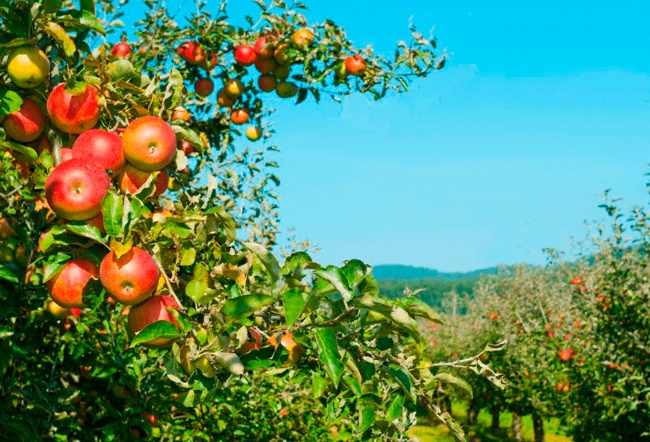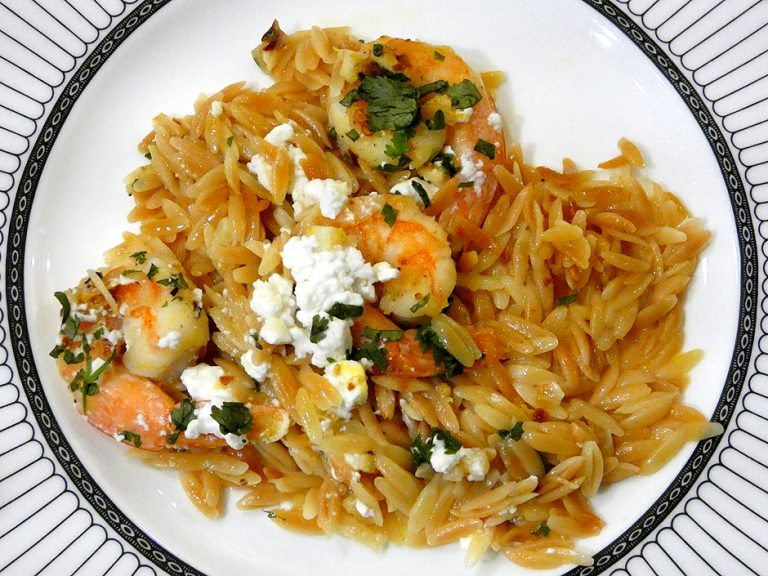Everyone in India has been raised with the belief that the day should begin with tea, and most people also enjoy it throughout the day.
If you take a look, you will notice that nearly every fourth business on the streets of India is a tea shop. Even in the highlands, where there may not be regular stores, you will still find tea vendors or a small tea shop. They open early and close late — sometimes for only a couple of hours — and they are always busy.
Origin of tea
Indian folklore has a dramatic narrative for the origin of tea. It is said that the founder of Zen Buddhism, an Indian monk named Bodhidharma, entered China and vowed to meditate for nine years without sleeping. After eventually falling asleep, he slashed his eyelids in remorse. The tea plant, a natural remedy for drowsiness, sprang up where his eyelids had fallen to the ground.
According to Chinese legend, however, tea was a chance discovery by the Chinese Emperor Shen Nung around 2750 BC. As he was boiling water, a leaf or two fell from a nearby tree into the pot, and the scent enticed him to take a sip. The drink is claimed to have revived his energy, and he later discovered it had medicinal properties, as well. Since then, tea grew in popularity in China, and eventually spread around the world.
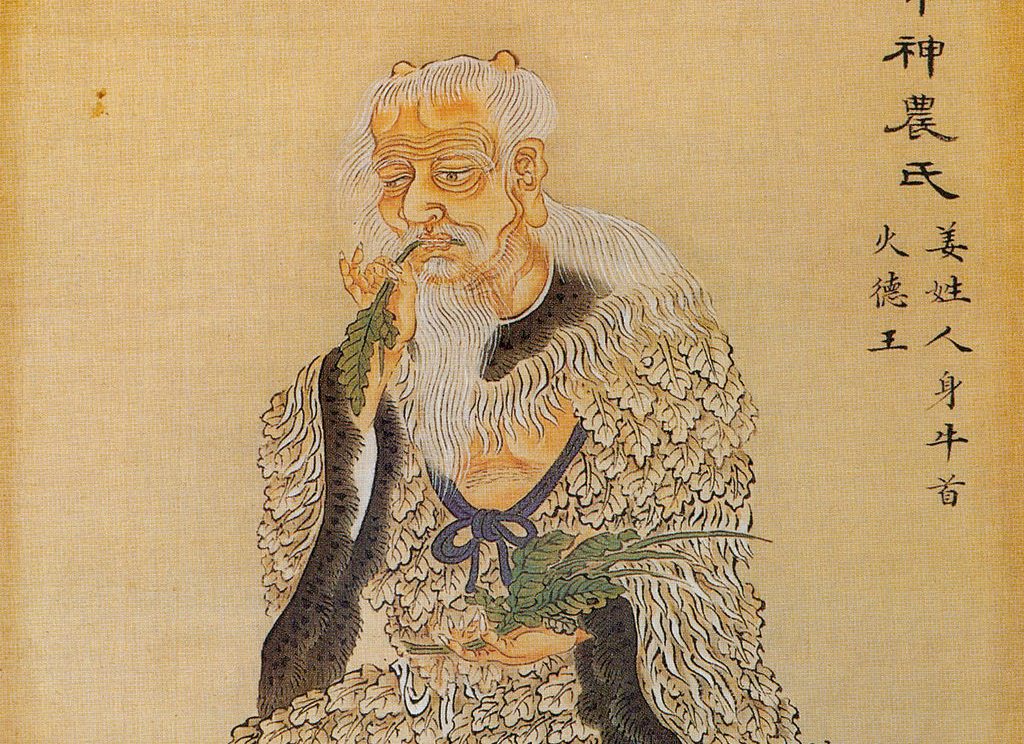
Tea’s spread to different cultures
England
When King Charles II of Great Britain married the Portuguese Princess Catherine of Braganza in 1662, she brought Chinese tea with her as dowry. The new queen began organizing tea parties for the royals, which eventually led to the spread of tea across England. The UK soon became one of the leading consumers of tea, and officially recognizes it as their “national drink.”
India
Success
You are now signed up for our newsletter
Success
Check your email to complete sign up
Under British rule, India was used to grow opium to trade for Chinese tea. China’s preference for silver as payment resulted in the opium wars over trading rights through the mid 19th century. China’s defeat led to epidemic levels of opium addiction in China, and increased Britain’s tea consumption by ten fold or more.
The increasing demand prompted the pursuit of tea production in India, with several attempts — including theft — at procuring seeds, plants and processing techniques from China.
Although the imported botanicals failed to thrive, India’s own indigenous tea plants were discovered in the Upper Brahmaputra Valley. The native plants were propagated, China’s processing methods were applied, and now India is the second largest producer of tea in the world. The country is well known for its Darjeeling, Assam, and Nilgiri teas.
Japan
Japan’s refined tea culture began in the early 9th century. After the beverage was introduced from China, it became an elegant beverage served at the emperor’s court in Kyoto. Around the 14th century tea became popular among the general public. The upper classes held tea parties to show off their beautiful tea bowls, while Zen-inspired simplicity shaped the tea ceremony, known as Chanoyu, into the austere, rustic, and spiritual custom singular to Japanese tea culture.
Today tea is enjoyed around the world. The top five consumers per capita include Turkey (with 3.16 kg annually), Ireland, the UK, Iran and Russia. The United States ranks 35th in world tea consumption.
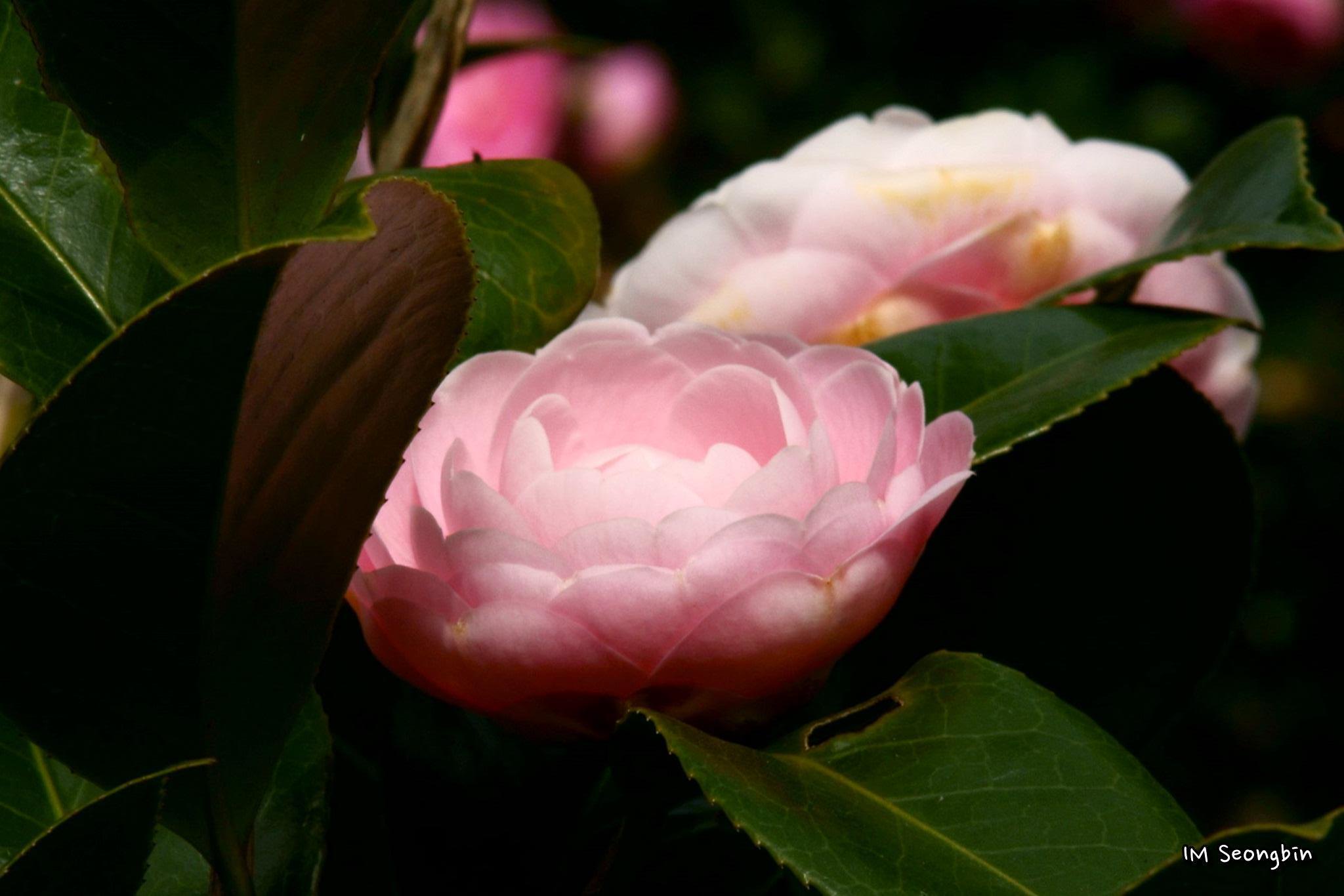
What is tea
In China, the beverage brewed from tea leaves is called cha (茶), pronounced “ta” in Fujian Province, or “te” in the city of Xiamen. In India it is called chai (चाइ).
Tea leaves come from a plant belonging to the genus Camellia, which includes over 250 species of evergreen shrubs native to Southeastern Asia, most of which are grown for their ornamental flowers.
Camellia sinensis is the species specially developed for commercial production of tea, although tea can be made from the leaves of any species of Camellia. Leaves are harvested and processed in different ways to produce the six main varieties of true tea.
Types of tea
The harvest and processing techniques applied to tea leaves determines its characteristic aroma, flavor and properties. Some teas are harvested early, when the leaves are young and tender, while others are harvested later in the season. Depending on the steps taken to process the leaves, they will have varying notes and depths of flavor and oxidation.

Black tea, which is referred to as “red tea” (hong cha 紅茶) in China, is the most commonly consumed tea around the world. It is produced from young leaves or buds, which are cut or rolled out and withered over time for a fully oxidized product. This process reduces bitterness, making it universally palatable.
India’s Assam and Nilgiri black teas come from the indigenous Camelia sinensis var. assamica, which yields a more robust flavor than Chinese black teas. China’s native Camelia sinensis var. sinensis, is grown in the Darjeeling district of India, giving Darjeeling tea its delicate, fruity aroma.
Dark tea, referred to as “black tea” (hai cha 黑茶) in China, can be made from both young and mature leaves which are heated, rolled, dried, and then pressed into cakes for fermentation or aging. The most common dark tea is called Pu-erh, which is not only one of the oldest types of tea, it comes from ancient trees — growing only in China’s Yunnan Province — that have lived for up to 1,000 years. Also fully oxidized, dark tea is known for its smooth, floral and earthy flavor.
While black tea has been produced in India for nearly 200 years, the country has recently expanded their production to include Indian green, white, and oolong teas, although in much smaller quantities.
Oolong tea is partially oxidized tea, made from the first three or four new-growth leaves. The young leaves are first solar-withered to reduce moisture by 30 percent, then agitated to promote oxidation, which is halted part-way through by high temperature tumbling or dry pan-frying. The resulting flavor ranges from fresh and fruity to floral, or even toasty. Most oolong tea is produced in China.
Green tea is made from young leaves or buds. After a brief withering process, the leaves are “fixed” — through pan-frying, steaming or firing — to prevent oxidation. They are rolled and pressed before drying to develop their characteristic fresh, astringent, vegetative — or “green” — flavor. Japan is best known for quality green tea production.
Yellow tea, the rarest and possibly the finest tea, is made from buds or young leaves. Yellow tea processing is complex and time consuming. Similar to green tea, the leaves are slightly withered and fixed, but unlike green tea, they undergo a light oxidation process called “heaping” or “wrapping.” This gives yellow tea a smooth, mellow flavor with none of the astringent notes found in green tea.

White tea is the least processed of all the true teas. Although the process is simple — merely pluck, sun wither, and dry — it is labor intensive, as care is needed to avoid bruising the leaves in handling. Different varieties are made from the bud-only, bud and young leaves, or mature leaves. White tea has a delicate flavor, but boasts the most antioxidants.
Note: All tea made from the tea leaf contains the stimulant caffeine, and the amount of caffeine you get per cup is determined by many factors. Contrary to popular belief, caffeine levels may depend more on the brewing temperature and duration than the type of tea. For example, brewing a white tea long and hot could yield more caffeine than a brief, low-temperature brewing of black tea. Quantity and form (loose leaf or powdered) also play a role.
Herbal tea, which can be made from a variety of different botanicals, is often simply called an “infusion,” since it does not contain any true tea. This naturally caffeine-free beverage is another broad topic, which we can tackle separately.
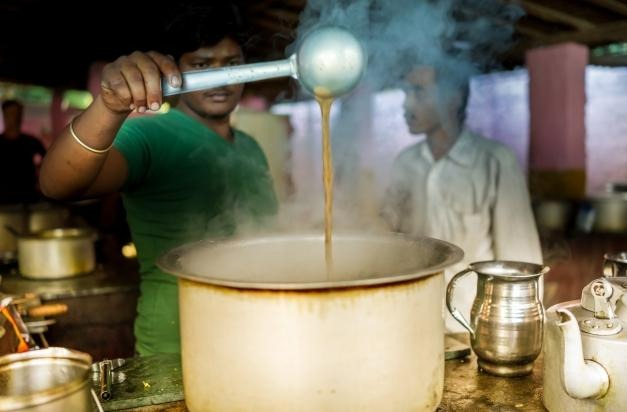
Indian tea culture
Like many countries, India’s most popular drink is tea, with the average consumption per capita approaching 1 kg, adding up to some 837,000 tonnes annually for the entire country. The tea industry is the second largest employer in India, and Indians drink five times as much tea as coffee.
Tea in India is believed to date back to the ancient scripts of Ramayans, where it is described how the plant was applied medicinally to heal a wound. Tea continues to be used in Ayurvedic remedies today. As an antibacterial astringent, it is considered good for oral health and cleansing. Applied topically, it can promote healthy skin — tightening pores, soothing sunburn and curing acne. But the most common use for tea is, of course, consumption.
The go-to beverage offered to anyone you meet — be it family, friend or stranger — tea serves as an icebreaker to initiate discussion, improves social relations, and helps form bonds. Tea breaks are a popular way to decompress during a stressful shift at work. It is something everyone can enjoy together to boost morale and improve productivity.
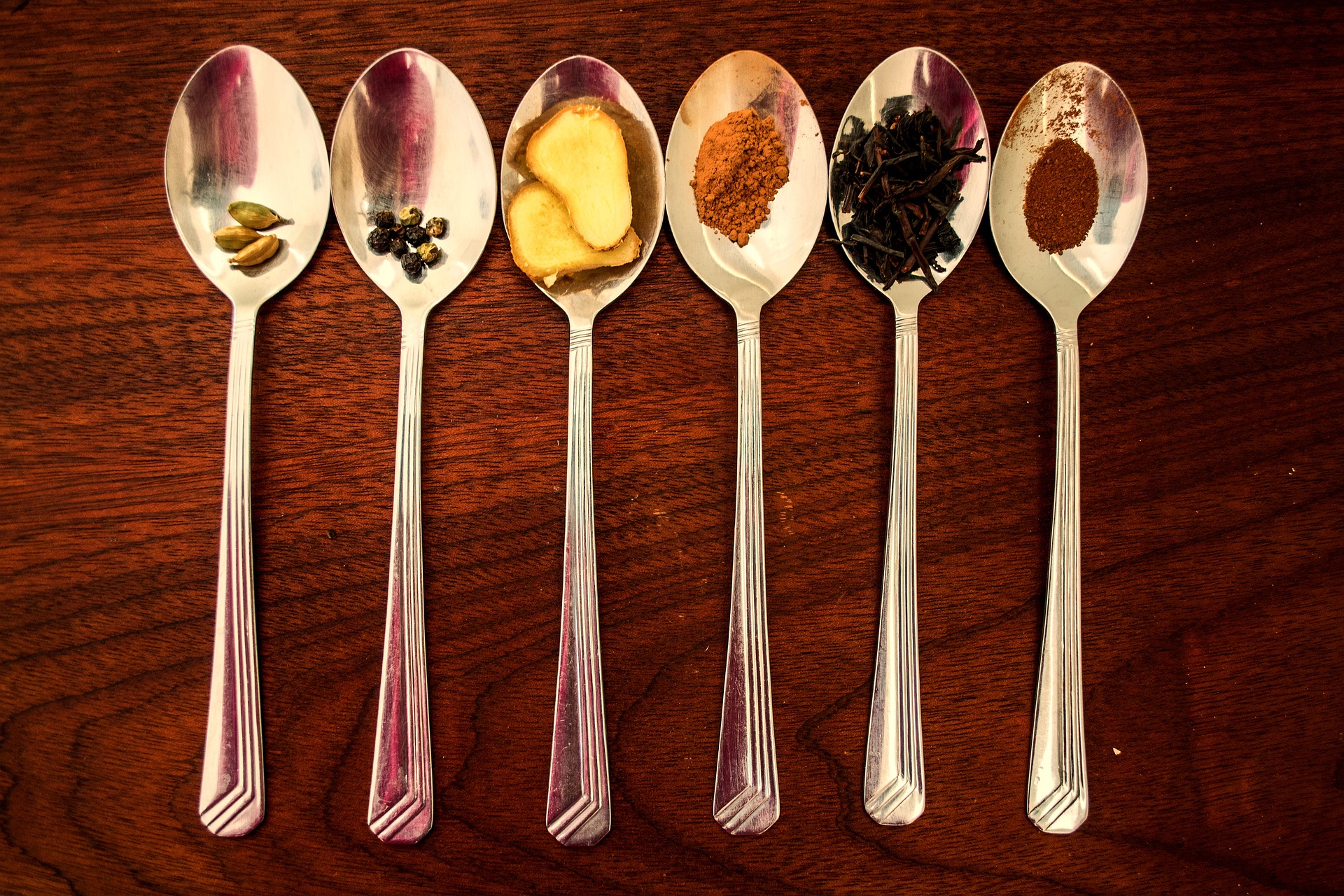
India’s signature drink — masala chai — came about after the British began cultivating black tea in the region of Assam. Grown mainly for export, tea was too expensive for common use on its own. Instead, a small amount was combined with an ancient traditional tonic made from fresh spices (masala). To further reduce the cost, vendors added milk and sugar, resulting in the sweet and spicy chai that became popular throughout India, and around the world.
Because it is so widely available, chai is easy to find and hard to resist. Passers-by are often drawn into tea shops by the enticing aroma and the promise of a delicious, affordable and healthy beverage.
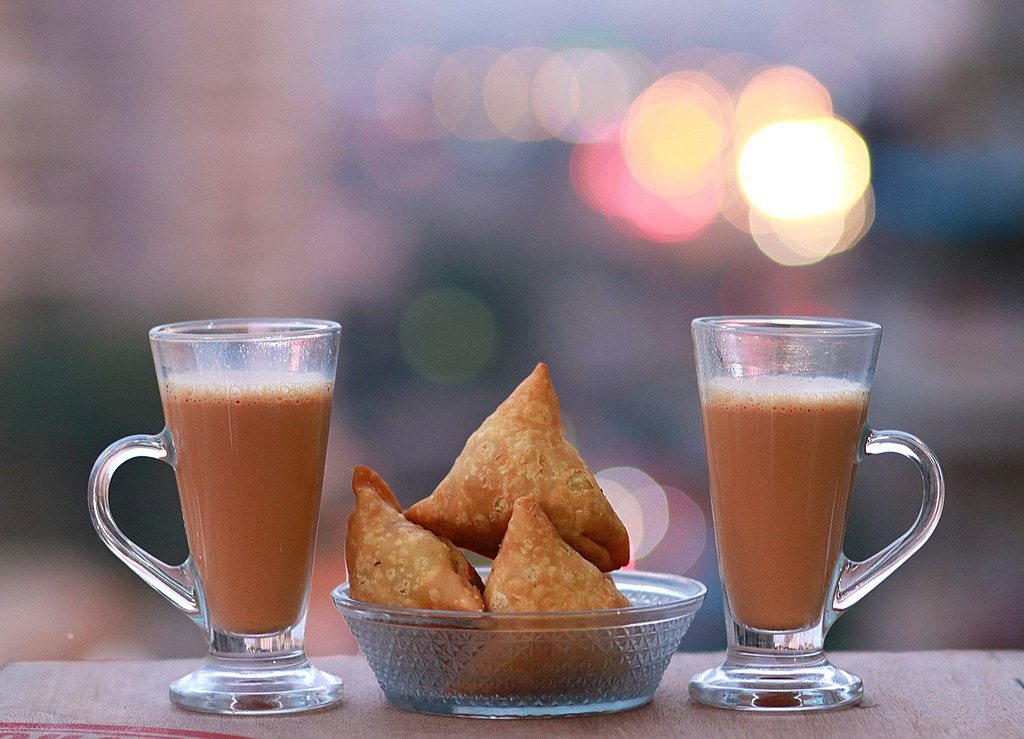
Masala chai recipe:
In India, chai simply means black tea with milk, while the spiced beverage that Americans refer to as chai is more like what Indians call masala chai. Masala is a blend of various spices, including cardamom, cinnamon, cloves, fennel seeds, ginger, peppercorns and star anise. These can be mixed and matched, according to your taste or whim of the day. I have a friend who always adds mint to her chai, and I like the enchanting aroma a pinch of saffron brings to the brew.
Ingredients
- Water
- Milk (use oat milk or another dairy-free option for vegan chai)
- Tea (Assam and Darjeeling are authentic Indian teas that should be easy to find)
- Whole spices, including fresh ginger
- Sweetener of choice
Instructions
- Crush any whole spices and grate the ginger while you bring water to a boil
- Reduce heat and add the tea leaves
- Boil for one minute
- Stir in the crushed spices
- Add the milk and bring to a low boil
- Simmer for a few minutes
- Strain, sweeten (optional) and enjoy hot
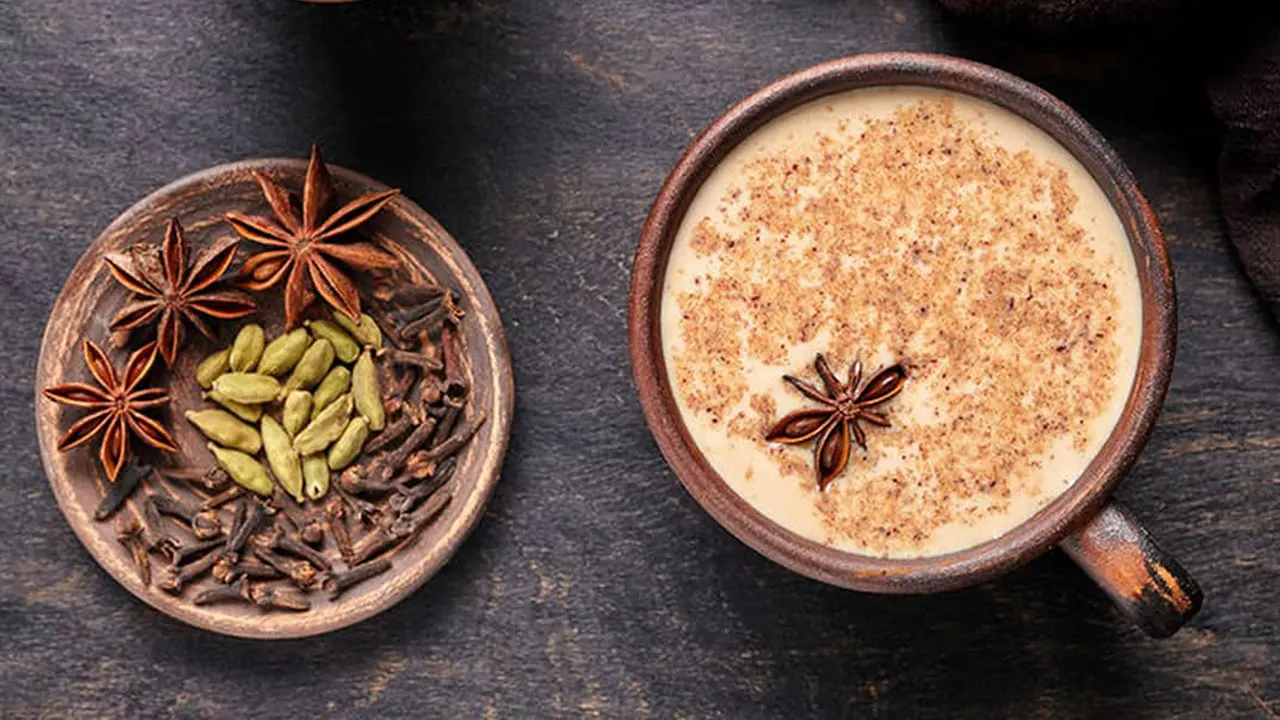
International Tea Day
December 15, 2005 marked the first International Tea Day, celebrated in New Delhi, India. Tea producing countries like Tanzania, Vietnam, Nepal, Bangladesh, Malaysia, Indonesia, Kenya, Malawi, India, Uganda, and Sri Lanka have since united annually to recognize this important commodity, which accounts for about US$ 8 billion in trade per year.
FAO Intergovernmental Group on Tea later proposed May 21 as a globally recognized International Tea day, which the U.N. approved in December 2019. This spring, tea lovers around the world will not only celebrate the cultural heritage and health benefits of tea, but also promote the sustainable production of this important agricultural product.
READ ALSO:
- Jasmine – The Flower That Makes Ordinary Tea Extraordinary
- Chinese Tea Culture: Origin, Development, and the Dao of Tea
- 10 Teas to Enhance Meditation (Part 1)
- 10 Teas to Enhance Meditation (Part 2)
Once primarily used as medicine, tea’s medicinal benefits are still recognized today. A good source of antioxidants, tea can help reduce the risk of cancer, promote heart health, boost immunity and rejuvenate skin and hair. Some varieties may be slightly better for one specific target or another, but in general they share the same health benefits, so choose your tea according to your preference rather than its performance.
Shoba Rajamani contributed to this report.






